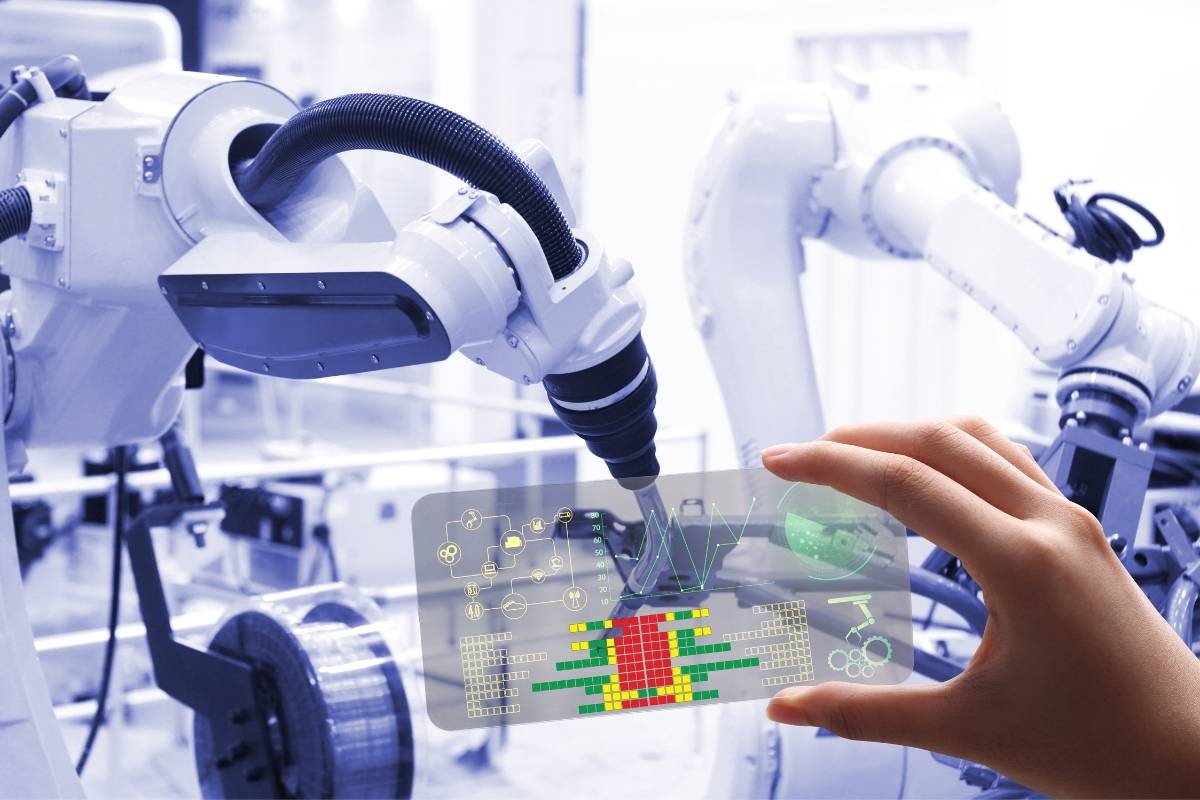Technology is revolutionizing healthcare. Telemedicine is facilitating access to healthcare for millions of people. Electronic medical records allow for accurate, up-to-date records of patient diagnoses, test results, and prescription drugs. Health Apps help people manage their health, track their exercise routines, diet, and communicate with their medical professionals. Wearable technology tracks physical activity, heart rate and monitors chronic conditions. Personalized medicine, augmented reality, artificial intelligence, robotics, blockchain and 3D printing have further transformed healthcare. These advances improve patient outcomes, reduce medical errors, and ensure access to healthcare for all. The potential for further transformation is limitless as technology continues to advance exponentially.
10 Ways Technology is Transforming Healthcare
1. Telemedicine
Telemedicine refers to the use of technology to provide medical care and advice in real-time, even when the healthcare professional is not physically present. Telemedicine has made it possible for medical professionals to reach millions of people who might not have access to healthcare. Telemedicine has also made it possible for people living in remote areas, the elderly, and people with disabilities to access medical care without leaving their homes.
2. Electronic Medical Records
Electronic Medical Records (EMRs) have made it possible for doctors to keep accurate, up-to-date records of patient diagnoses, test results, and prescription drugs. EMRs also make it easier for doctors to share patient information with other healthcare providers, which helps reduce medical errors and improve the quality of care.
3. Health Apps
Health Apps are smartphone applications that have been designed to help people manage their health. These apps can help people track their exercise routines, monitor their diet, and even track their sleep patterns. Some apps even allow people to communicate with their medical professionals in real-time, which can be helpful for people with chronic conditions.
4. Wearable Technology
Wearable Technology has become increasingly popular in recent years. Devices like fitness trackers, smartwatches, and medical monitors are now widely available. These devices can help people track their physical activity levels, monitor their heart rate, and even detect irregular heartbeats. Wearable technology can also be used to monitor chronic conditions like diabetes and asthma in real-time.
5. Personalized Medicine
Personalized Medicine refers to the use of technology to customize medical treatments to a patient’s individual needs. For example, doctors can now use genetic testing to determine which treatment is best suited to a particular patient’s genetic makeup. This has the potential to improve treatment outcomes and reduce the risk of side effects.
6. Augmented Reality
Augmented Reality is a technology that allows users to overlay digital information onto the real world. In healthcare, augmented reality can be used to provide medical training to healthcare professionals, simulate medical procedures, and even help doctors visualize a patient’s anatomy during a surgical procedure.
7. Artificial Intelligence
Artificial Intelligence (AI) has the potential to revolutionize healthcare. AI can be used to analyze large amounts of medical data to identify trends and patterns that can inform medical treatments. AI can also be used to guide medical procedures, such as surgery, and even assist with medical diagnoses.
8. Robotics
Robotic technology has made it possible for medical professionals to perform complex surgeries with greater precision and accuracy. Robots can also be used to deliver medications and perform routine medical procedures, freeing up medical professionals to focus on more complex tasks.
9. Blockchain
Blockchain technology is being used to help secure medical records and protect patient privacy. Blockchain has the potential to make medical records more secure and accessible, which can improve patient care and reduce medical errors.
10. 3D Printing
3D Printing technology is being used to create medical devices and prosthetics that are customized to a patient’s individual needs. 3D printing can also be used to create scaffolds for tissue engineering and even organs for transplant. This has the potential to revolutionize the way medical professionals treat patients with serious injuries and illnesses.
Conclusion
Technology is transforming healthcare in exciting ways. The use of telemedicine, electronic medical records, health apps, wearable technology, personalized medicine, augmented reality, artificial intelligence, robotics, blockchain, and 3D printing are all helping to improve the quality of care that patients receive. These advancements have the potential to improve patient outcomes, reduce medical errors, and make healthcare more accessible to people who might not have had access to it before.
